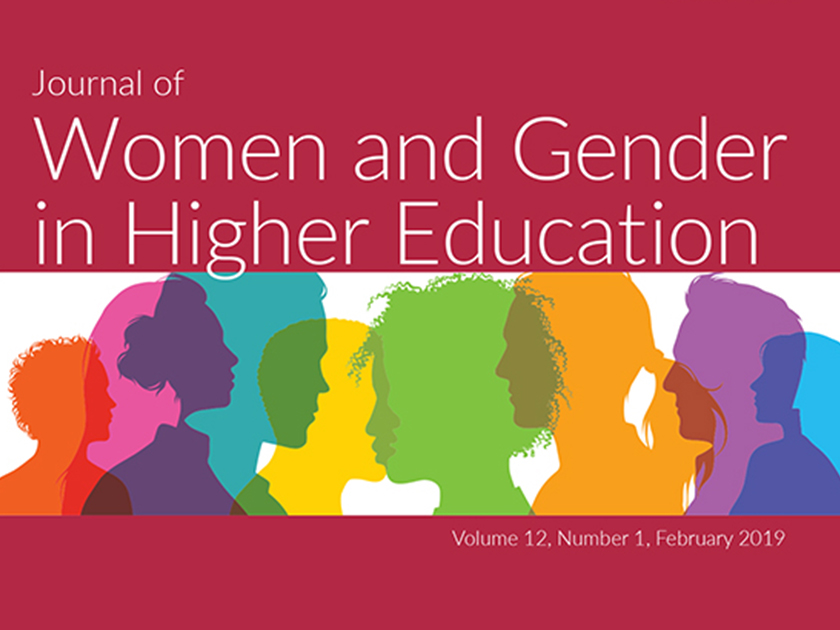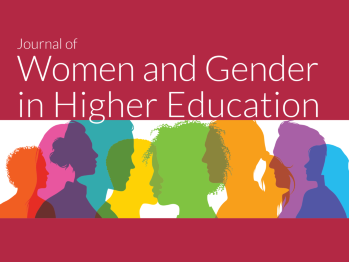COVID-19 impact on peer review
As a result of the significant disruption that is being caused by the COVID-19 pandemic we understand that many authors and peer reviewers will be making adjustments to their professional and personal lives. As a result they may have difficulty in meeting the timelines associated with our peer review process. Please let the journal editorial office know if you need additional time. Our systems will continue to remind you of the original timelines but we intend to be flexible.
Thank you for choosing to submit your paper to us. These instructions will ensure we have everything required so your paper can move through peer review, production and publication smoothly. Please take the time to read and follow them as closely as possible, as doing so will ensure your paper matches the journal’s requirements.
For general guidance on every stage of the publication process, please visit the Taylor & Francis Author Services website. For editing support, including translation and language polishing, explore the Taylor & Francis Editing Services website.
This journal uses ScholarOne Manuscripts (previously Manuscript Central) to peer review manuscript submissions. Please read the guide for ScholarOne authors before making a submission. Complete guidelines for preparing and submitting your manuscript to this journal are provided below.
Preparing Your Paper
Research Articles, SPractice Articles, and Scholarly Essays
Should be written with the following elements in the following order: title page; abstract; keywords; main text introduction, materials and methods, results, discussion; acknowledgments; references; appendices (as appropriate); table(s) with caption(s) (on individual pages); figures; figure captions (as a list)
- Should be between 25 and 30 pages, inclusive of tables, figure captions, footnotes.
- Should contain an unstructured abstract of 150-300 words.
- Read making your article more discoverable, including information on choosing a title and search engine optimization.
- Article Submission Guidelines Articles
-Research Paper: Manuscripts that use empirical methods to answer a significant question about women students, administrators, or faculty. JWG accepts manuscripts based on both quantitative as well as qualitative research and manuscripts that are about pedagogy as well as student, faculty, and administrator experiences. Undergo blind review.
-Practice Paper: A practice paper is a manuscript length description and evaluation of a novel issue, program or approach to professional practice in postsecondary education. Undergo blind review.
-Scholarly Essay: A scholarly essay will address an important problem related to women in the academy. A scholarly essay may also critique existing ideas or practices. Such an essay will be evaluated based on its importance and logical development. Undergo blind review. Literature Review: Publishable literature reviews should provide syntheses of previously unsynthesized research and scholarship on a question or topic of importance to the field. Undergo blind review.
-Program Descriptions: Program descriptions are brief 1000 word descriptions of innovative or particularly effective programs serving women in higher education. Program descriptions typically undergo editorial review but may be sent for blind peer review at the discretion of the editors.
-Media Reviews: Commissioned by the editors, media reviews undergo editorial but not peer review. Unsolicited book reviews may be submitted with prior approval from the editor. Scholarship can exist in various media. Understanding this and that there are instances in which issues of women and gender in higher education are presented in digital media, film, television, podcasts, music, and other creative arts, the journal invites the scholarly review of media to demonstrate the contributions of knowledge production in forms of public scholarship, discourse, and representation. Each media review will be evaluated based on its importance, logical development, contribution to scholarly conversations regarding women and gender in higher education, and cohesion.
The manuscript should be no more than 4 pages, inclusive of tables, figure captions, footnotes and should contain an abstract of less than 150 words Abstracts should describe the review's approach and intent, along with a brief statement describing the contribution of the media to existing women, gender, and higher education scholarship.
The review should be double-spaced, in Times New Roman 12-point font, with 1- inch margins on all sides and must include:
- A title page including the title and a brief description or overview of the selected media.
- Briefly describe the rationale for the chosen selection.
- Situate the author and the selected media within larger scholarly frames of reference.
- Provide a statement of intent that succinctly describes the scope of the topic to be covered, that describes its importance and/or uniqueness to the literature about women and gender studies.
- Explain the primary argument/perspective/main idea/approach
- Include the evidence the author uses to shape their primary argument/perspective/main idea/approach.
- State the relationship between the larger issue or idea with which the media selection focuses on.
- Provide a critique of the primary argument/perspective/main idea/approach.
- Evaluate the strengths and weakness of the chosen selection
- Provide your opinion and share what you found to be engaging, compelling, or innovative about the argument or idea.
- Acknowledge any valuable and or unique contributions to the existing scope of women and gender in higher education literature.
- Conclusion: Sum up or restate your thesis or share your final thoughts regarding the selected media. We welcome new ideas that go beyond the main idea in the media selection if they coincide or extend the logic of your own thesis, perspective, or rationale.
Style Guidelines
Please refer to these quick style guidelines when preparing your paper, rather than any published articles or a sample copy.
Please remove any identifying information from your manuscript. Manuscripts including author names or other identifying information may be returned to authors for anonymization.
Please use American spelling style consistently throughout your manuscript.
Please use double quotation marks, except where “a quotation is ‘within’ a quotation”. Please note that long quotations should be indented without quotation marks.
Formatting and Templates
Papers may be submitted in Word format. Figures should be saved separately from the text. To assist you in preparing your paper, we provide formatting template(s).
Word templates are available for this journal. Please save the template to your hard drive, ready for use.
If you are not able to use the template via the links (or if you have any other template queries) please contact us here.
References
Please use this reference guide when preparing your paper.
Taylor & Francis Editing Services
To help you improve your manuscript and prepare it for submission, Taylor & Francis provides a range of editing services. Choose from options such as English Language Editing, which will ensure that your article is free of spelling and grammar errors, Translation, and Artwork Preparation. For more information, including pricing, visit this website.
Checklist: What to Include
- Author details. Upon initial submission, please do not include any identifying information in your manuscript. Manuscripts including author names or other identifying information may be returned to authors for anonymization. If accepted for publication, all authors of a manuscript should include their full name and affiliation on a cover page that is uploaded with the final version of their manuscript. Where available, please also include ORCiDs and social media handles (Facebook, Twitter or LinkedIn). One author will need to be identified as the corresponding author, with their email address normally displayed in the article PDF (depending on the journal) and the online article. Authors’ affiliations are the affiliations where the research was conducted. If any of the named co-authors moves affiliation during the peer-review process, the new affiliation can be given as a footnote. Please note that no changes to affiliation can be made after your paper is accepted. Read more on authorship.
- You can opt to include a video abstract with your article. Find out how these can help your work reach a wider audience, and what to think about when filming.
- Funding details. Please supply all details required by your funding and grant-awarding bodies as follows: For single agency grants: This work was supported by the [Funding Agency] under Grant [number xxxx]. For multiple agency grants: This work was supported by the [Funding Agency <] under Grant [number xxxx]; [Funding Agency >] under Grant [number xxxx]; and [Funding Agency &] under Grant [number xxxx].
- Disclosure statement. This is to acknowledge any financial interest or benefit that has arisen from the direct applications of your research. Further guidance on what is a conflict of interest and how to disclose it.
- Supplemental online material. Supplemental material can be a video, dataset, fileset, sound file or anything which supports (and is pertinent to) your paper. We publish supplemental material online via Figshare. Find out more about supplemental material and how to submit it with your article.
- Figures. Figures should be high quality (1200 dpi for line art, 600 dpi for grayscale and 300 dpi for color, at the correct size). Figures should be supplied in one of our preferred file formats: EPS, PDF, PS, JPEG, TIFF, or Microsoft Word (DOC or DOCX) files are acceptable for figures that have been drawn in Word. For information relating to other file types, please consult our Submission of electronic artwork document.
- Tables. Tables should present new information rather than duplicating what is in the text. Readers should be able to interpret the table without reference to the text. Please supply editable files.
- Equations. If you are submitting your manuscript as a Word document, please ensure that equations are editable. More information about mathematical symbols and equations.
- Units. Please use SI units (non-italicized).
Using Third-Party Material in your Paper
You must obtain the necessary permission to reuse third-party material in your article. The use of short extracts of text and some other types of material is usually permitted, on a limited basis, for the purposes of criticism and review without securing formal permission. If you wish to include any material in your paper for which you do not hold copyright, and which is not covered by this informal agreement, you will need to obtain written permission from the copyright owner prior to submission. More information on requesting permission to reproduce work(s) under copyright.


